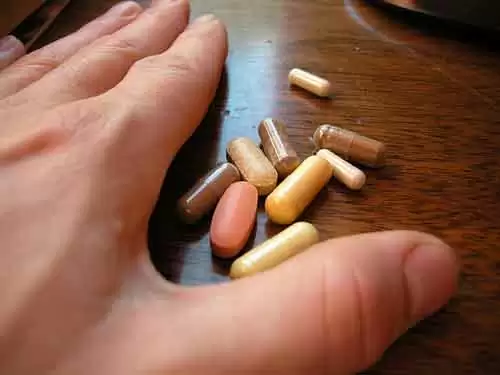Celiac.com 12/12/2012 - In duodenal biopsy samples from people with active celiac disease, the transferrin receptor, CD71, is up-regulated, and promotes retro-transport of secretory immunoglobulin A (SIgA)-gliadin complexes.
 To better understand how interactions between SIgA and CD71 promote transepithelial transport of gliadin peptides, a team of researchers set out to determine if interactions among secretory immunoglobulin A, CD71, and transglutaminase-2 affect permeability of intestinal epithelial cells to gliadin peptides.
To better understand how interactions between SIgA and CD71 promote transepithelial transport of gliadin peptides, a team of researchers set out to determine if interactions among secretory immunoglobulin A, CD71, and transglutaminase-2 affect permeability of intestinal epithelial cells to gliadin peptides.
Celiac.com Sponsor (A12):
The research team included C. Lebreton, S. Ménard, J. Abed, I.C. Moura, R. Coppo, C. Dugave, R.C. Monteiro, A. Fricot, M.G. Traore, M. Griffin, C. Cellier, G. Malamut, N. Cerf-Bensussan, and M. Heyman. They are affiliated with the Mixed Research Unit 989 of the National Institute of Health and Medical Research (INSERM UMR989) in Paris, France.
For their study, the team evaluated duodenal biopsy specimens from 8 adults and 1 child with active celiac disease. The team used fluorescence-labeled small interfering RNAs against CD71 to transfect Caco-2 and HT29-19A epithelial cell lines.
They used flow cytometry, immunoprecipitation, and confocal microscopy to assess interactions among IgA, CD71, and transglutaminase 2 (Tgase2). They then assessed transcytosis of SIgA-CD71 complexes and intestinal permeability to the gliadin 3H-p31-49 peptide in polarized monolayers of Caco-2 cells.
To assess physical interplay between SIgA and CD71 or CD71 and Tgase2 at the apical surface of enterocytes in biopsy samples and monolayers of Caco-2 cells, the team used fluorescence resonance energy transfer and in situ proximity ligation assays. They co-precipitated CD71 and Tgase2 with SIgA, bound to the surface of Caco-2 cells.
They found that SIgA-CD71 complexes were internalized and localized in early endosomes and recycling compartments, but not in lysosomes.
In the presence of celiac IgA or SIgA against p31-49, transport of intact 3H-p31-49 increased significantly across Caco-2 monolayers, while soluble CD71 or Tgase2 inhibitors interfered with transport.
Once it binds to apical CD71, SIgA (with or without gliadin peptides) enters a recycling pathway and avoids lysosomal degradation; this process allows apical-basal transcytosis of bound peptides. This mechanism is assisted by Tgase2 and might be involved in the pathogenesis of celiac disease.
Source:
- Open Original Shared Link






Recommended Comments